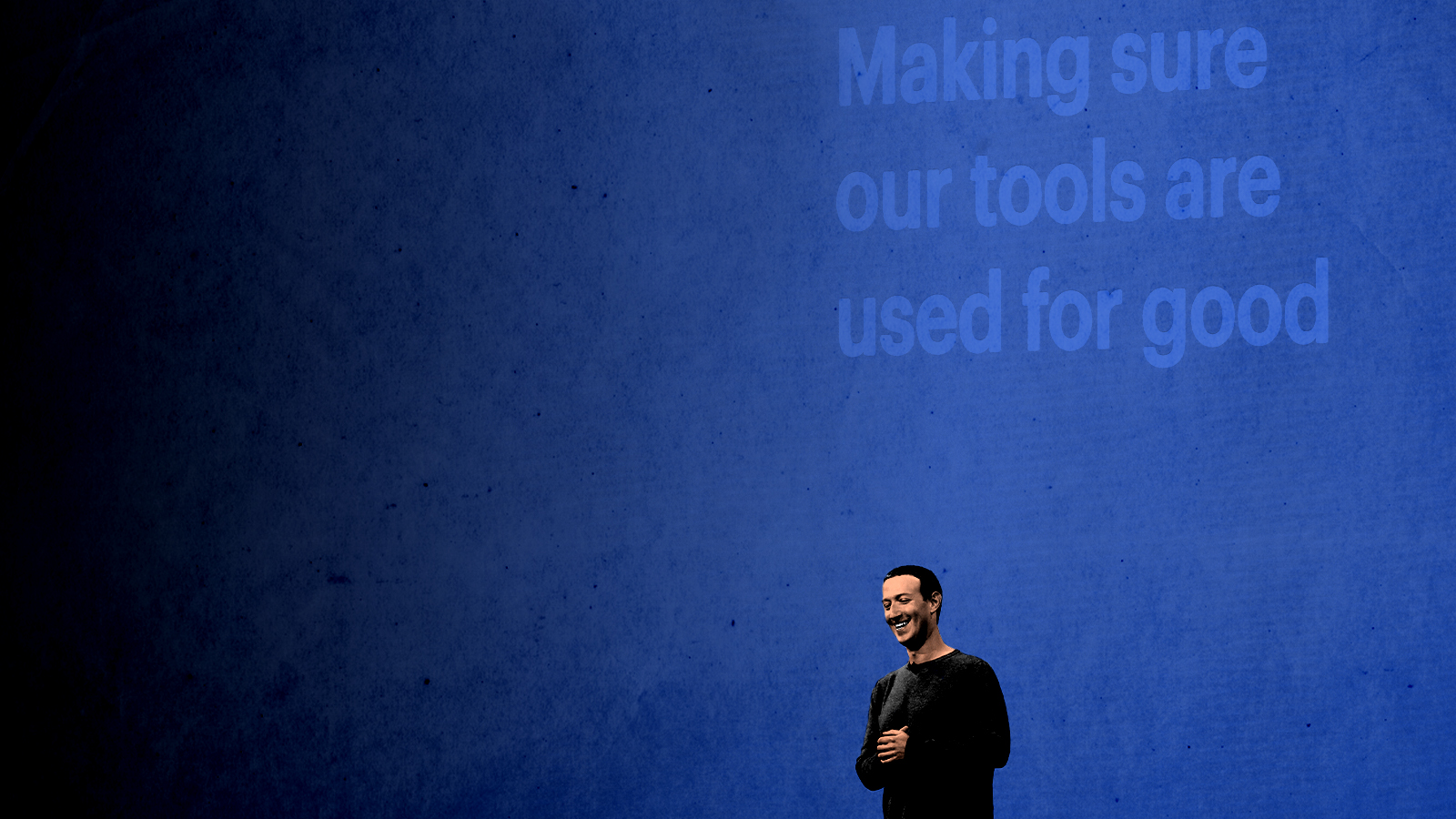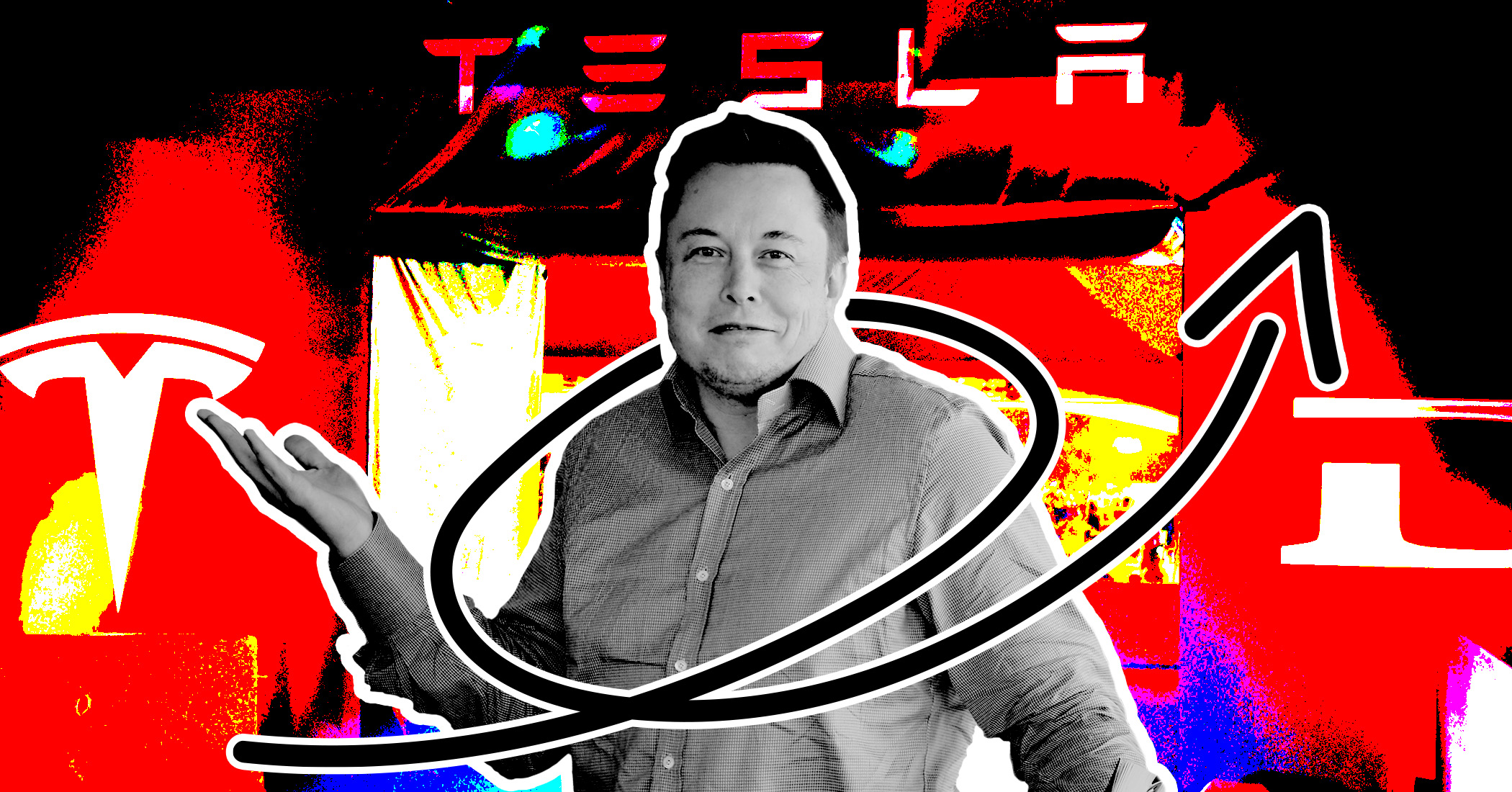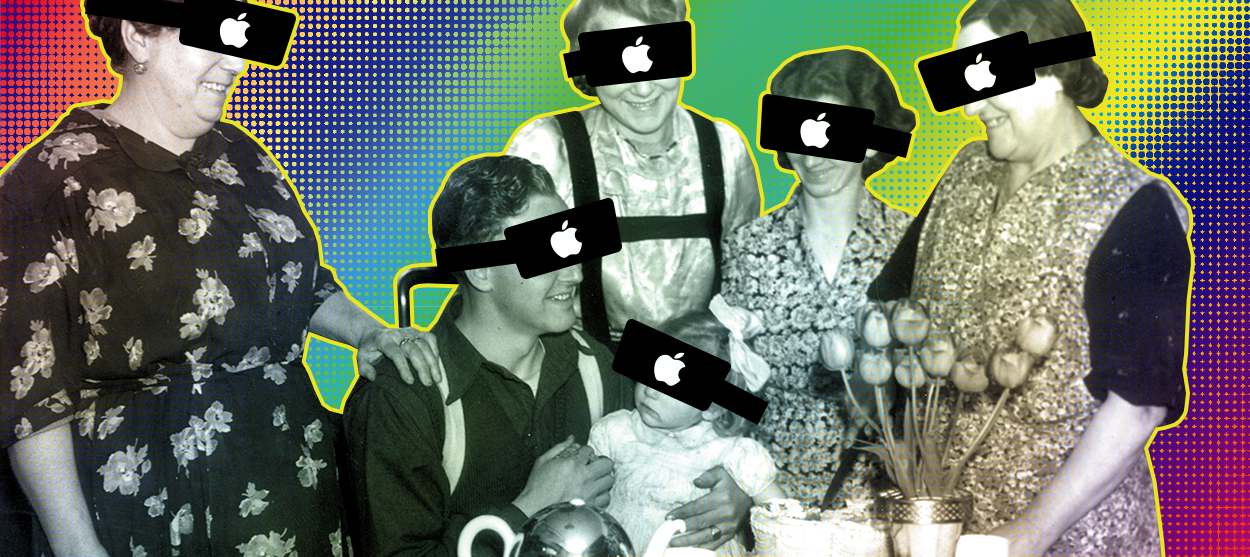The little social networks that couldn't
They are the opposite of Facebook in the best way, and there are scant few left of them

Almost every day, I open up a social networking app most people haven't heard of. On it, I have a tiny group of friends, half of whom I don't know personally, and to whom I confess things I would never dream of posting to Facebook or Twitter. I'm reluctant to tell you the app's name — not because I fear it will become too crowded, but because it feels private. To speak of it publicly would feel like betraying a secret.
Its smallness stands in stark contrast to the giants. A couple of billion people are on Facebook. Half that are on Instagram, about the same are on WhatsApp, while a few hundred million people are on Twitter. That the web has become mainstream in many places in the world is obvious, and comes with obvious benefits too. Having just a few services lets people connect on them easily, centralizing and thus simplifying how we socialize online.
But that mainstreaming also has consequences. The digital wave of the big networks was like a tsunami that either swallowed up or washed away smaller competitors — and with that, the sense that there are still hidden corners of the web waiting to be discovered.
The Week
Escape your echo chamber. Get the facts behind the news, plus analysis from multiple perspectives.

Sign up for The Week's Free Newsletters
From our morning news briefing to a weekly Good News Newsletter, get the best of The Week delivered directly to your inbox.
From our morning news briefing to a weekly Good News Newsletter, get the best of The Week delivered directly to your inbox.
This week one of the smaller social networks, called Path, shut down. What separated Path was that it limited the number of connections you could have to 150 people. And though its shuttering is hardly Earth-shattering, it also speaks to the demise of a particular kind of digital experience: small, private, and even serene.
Path was a distinctly Web 2.0 app that incorporated all those now-familiar parts of digital life: status updates, check-ins at places you visit, shared photos, moods, and more. But because its defining feature was that friend limit, users resisted the mad dash to add as many people as they could. Instead, it cultivated a more intimate feel. When its closure was announced, it was easy to find people on Twitter saying their families loved it, with some saying they used it as a shared album or scrapbook.
In that sense, Path was a distinctly different model than Instagram, Twitter, or Facebook. Instead of a platform on which people were trying to create content that was meant to appeal to as many people as possible, there was a deliberate attempt to make something private and closed off from the rest of the world.
It's an increasingly rare impulse. The logic of large-scale social networks has infected the web, both through their economic and network pressures as well as their cultural clout. The sense of the web as a place to connect with the like-minded, form tiny groups, and more importantly, foster a sense of intimacy, has become far more difficult to find.
A free daily email with the biggest news stories of the day – and the best features from TheWeek.com
In a sense, the situation is akin to the format wars of physical media like in VHS vs. Betamax or Blu-Ray vs. HD-DVD. There wasn't really an inherent reason that one beat the other, but it was instead a combination of marketing, technical decisions, and consumer choice. And the Facebook model has won out. Unlike HD-DVD or Betamax, however, what we lost wasn't just some random media format; it was the possibility of doing things another way: that social networking didn't have to become the hunting ground of trolls, influencers, narcissists, and bigots. This could have all been something else.
It's why I find such relief in the little social network I check daily. It sheds all of that. In the place of likes there is a disarming honesty, and instead of scale there is a quiet familiarity. What it reminds me is that opening up a social app doesn't have to be a barrage or an anxiety-inducing roar, but instead can be a comfort.
That app is called Peach. I hope I won't see you there.
Navneet Alang is a technology and culture writer based out of Toronto. His work has appeared in The Atlantic, New Republic, Globe and Mail, and Hazlitt.
-
 How do you solve a problem like Facebook?
How do you solve a problem like Facebook?The Explainer The social media giant is under intense scrutiny. But can it be reined in?
-
 Microsoft's big bid for Gen Z
Microsoft's big bid for Gen ZThe Explainer Why the software giant wants to buy TikTok
-
 Apple is about to start making laptops a lot more like phones
Apple is about to start making laptops a lot more like phonesThe Explainer A whole new era in the world of Mac
-
Why are calendar apps so awful?
The Explainer Honestly it's a wonder we manage to schedule anything at all
-
 Tesla's stock price has skyrocketed. Is there a catch?
Tesla's stock price has skyrocketed. Is there a catch?The Explainer The oddball story behind the electric car company's rapid turnaround
-
 How robocalls became America's most prevalent crime
How robocalls became America's most prevalent crimeThe Explainer Today, half of all phone calls are automated scams. Here's everything you need to know.
-
 Google's uncertain future
Google's uncertain futureThe Explainer As Larry Page and Sergey Brin officially step down, the company is at a crossroads
-
 Can Apple make VR mainstream?
Can Apple make VR mainstream?The Explainer What to think of the company's foray into augmented reality



